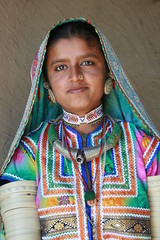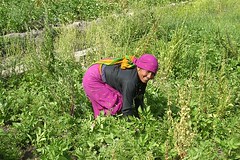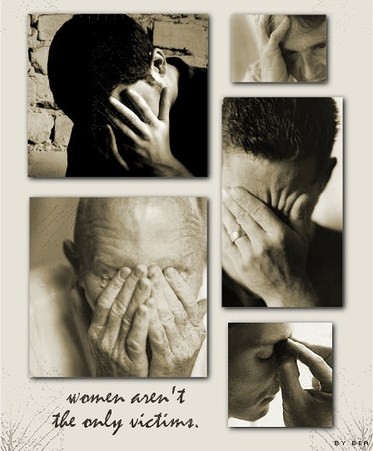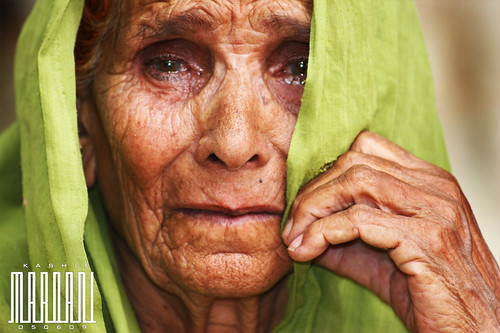Being a child witness is not a child’s play
Introduction
With their father serving a life imprisonment sentence for murdering their mother, the future of seven children is now at risk with no one left to take care of them. The Delhi trial court recently convicted 40-year-old Amruddin for the murder of his wife Rihana and sentenced him to life imprisonment after relying on the testimony of his children. Rihana’s mother recently approached the court to seek help as she is financially incapable to take care of the children. Several organizations have stepped forward to help the family but the circumstances remain much the same.
The case dealt with the sensitive issue of child witnesses. The court affirmed the view that even “a child of tender age can be allowed to testify if he has intellectual capacity to understand questions and give rational answers thereto.”
Law as to Competency of Child Witnesses
Witnesses form an integral part of criminal justice system. They shed light on various events and circumstances which help the court to reach a conclusive finding beyond reasonable doubt. The Indian Evidence Act, 1872 does not prescribe any particular age as a determinative factor to treat a witness to be a competent one.The penal rule that exempts a minor from culpability in any crime due to lack of sufficient intelligence is not applicable in law of evidence relating to competency of witnesses.
The section 118 of the Act states that all persons (including minors and lunatics) are competent to testify, if the court considers them fit to do the same. Hence, even a child is competent witness but the court must satisfy itself that the witness understands the questions and is able to give rational account of what he has seen, heard or done on a particular occasion.
Rationale behind allowing minors as witnesses
Unfortunately, children become prime witnesses in a plethora of cases involving sensitive issues like child abuse, domestic violence, murders, sexual offences amongst others. If a statutory age limit is imposed by the legislature it would certainly act as deterrent in the delivery and administration of justice. Allowing child witnesses to testify is a positive step taken both by the judiciary and the legislature.
Since a minor can be easily tutored or influenced the courts must scrutinize his/her testimony carefully. Usually the question whether the child witness possesses sufficient intelligence is to be adjudged by the trial judge who notices his manners, his apparent possession or lack of intelligence. But a Superior Court after analyzing the records may rule otherwise; if it has sufficient reason to believe that the previous finding was erroneous.
Precautions to be taken by Courts
1. The Courts must carefully scrutinize the testimony. Corroboration of testimony by some additional evidence is usually preferred by courts.
2. Questions must be asked by the judge to determine the intellectual capacity of the child. In English Courts judges generally as ask a popular question “Is the color of my hair green”.
3. The courts must consider the evidence of a child witness and credibility thereof in the light of the facts and circumstances of each case.
Thus, the Court while assessing the evidence of a child witness must ensure that the witness is reliable and his/her demeanor is like any other competent witness and there is no likelihood of being tutored.
Conclusion
Although law relating to child witnesses is just and reasonable but the courts must take extra precaution in such cases. Special witness protection schemes must be initiated by the government to protect these children. In cases involving sexual offences in-camera trial must be made mandatory. The identity and secure position of the children should not be disclosed in public.
Instead of recording statements in adverse environment of the court, adequate arrangements should be made to ensure that such testimonies are made in comfortable surroundings. The defense should not be permitted to ask aggressive or improper questions during the cross examination. Such trials should be conducted privately. Involvement of media should be restricted. The courts must allow the presence of an advocate or a family member while the child is giving evidence.
Above all the privacy and security of the child at all stages of trial should be one of the primary concerns of the court. It takes courage to speak the truth; for a child to testify against his own father it takes more than just courage. What happens to the children who testify against their sole surviving parents? Do we have adequate child welfare schemes to protect these children? Is a collaborative approach between the legislature and the judiciary required to deal with such cases?
Clearly, leaving these children as victims of fate is not a solution. We need to frame policies and rules that protect these children from the successive psychological and financial set-back. These children often face social stratification and lack of family support. The plight of these children needs to be addressed both by the government and the society. They should be treated as victims and not just witnesses. We must work for their better future, a future which is free from the world of crime, hatred and poverty.
Justice is not just to do what seems to be fair but it is the administration of fairness in all aspects.
Read more
 Imagine without any fault of yours; you and your family were asked to register their names with the police. Now let’s say this penalty is extended to your whole community in perpetuity. Offended? You are right, in normal circumstances this can never happen to anyone of us but if it does we can always approach the courts. But there are some people who can’t as their fundamental rights have been encroached by a draconian British Law for centuries.
Imagine without any fault of yours; you and your family were asked to register their names with the police. Now let’s say this penalty is extended to your whole community in perpetuity. Offended? You are right, in normal circumstances this can never happen to anyone of us but if it does we can always approach the courts. But there are some people who can’t as their fundamental rights have been encroached by a draconian British Law for centuries.
 “If I speak the truth, I will not live.” were the last few words spoken by Janeshwar Sharma in a television interview. The deceased was working as a driver of the affluent business tycoon Anil Nanda.
“If I speak the truth, I will not live.” were the last few words spoken by Janeshwar Sharma in a television interview. The deceased was working as a driver of the affluent business tycoon Anil Nanda.


